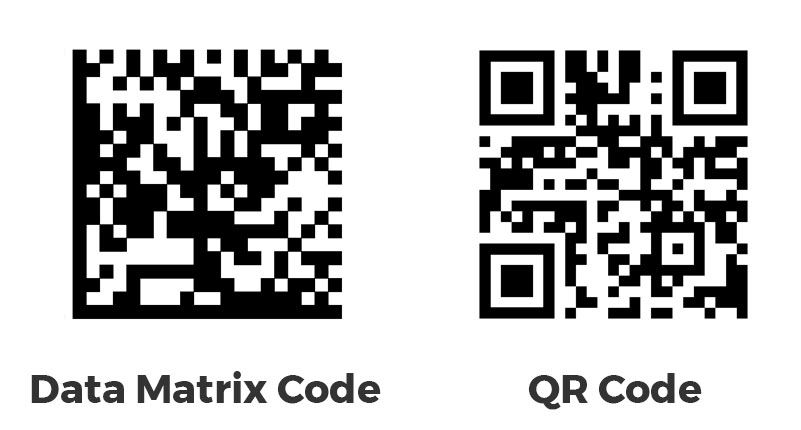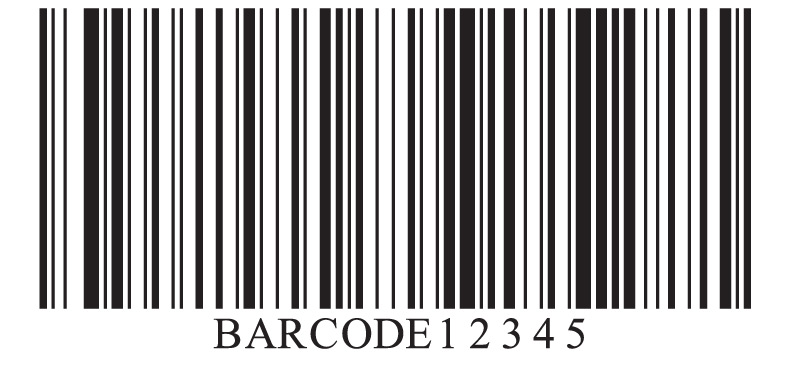2D Codes Printing
2D codes or 2D barcodes are two-dimensional codes that contain information in both vertical and horizontal directions. 1D codes can contain a series of digits, i.e. a serial number but 2D codes can store around 7000 characters so a lot more information than a one-dimensional standard barcode.
There are 2 main types of 2D codes: Data Matrix codes and Quick Response codes (QR codes):
Data Matrix codes are a set of symbols arranged in a square or rectangular grid, which contains a series of dark and light blocks. Data is encoded both horizontally and vertically and can be read with camera-based products or imagers, not laser scanners.
QR codes were first developed in Japan as a way of tracking automotive parts. As they can contain a lot of information and can be scanned by smartphones or devices with QR code scanning capabilities. They are used to encode whole URLs and text, geo-location info or any other data.


Printing 2D Codes
For any application or code used, the information they carry will not be available if the quality of the print is not good. Only high-quality, clearly visible and readable codes serve their purpose. Therefore, when thinking of applying 2D codes to products, it is important to take into consideration:
- The technology used and if it is adequate to the material/substrate of the products – are you able to create visible code with inkjet technology or do you need a laser?
- The environment in which the product is manufactured and what impact it has on the code application. Are the conditions hot, cold, wet, and dusty and will that affect code application technology?
- The longevity and durability of the cod. Do you need a permanent marking solution, i.e. laser, or will your code application be durable with inkjet using suitable inks?
Whatever the application or product, Linx has a technology and printer suitable to your needs.

